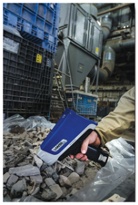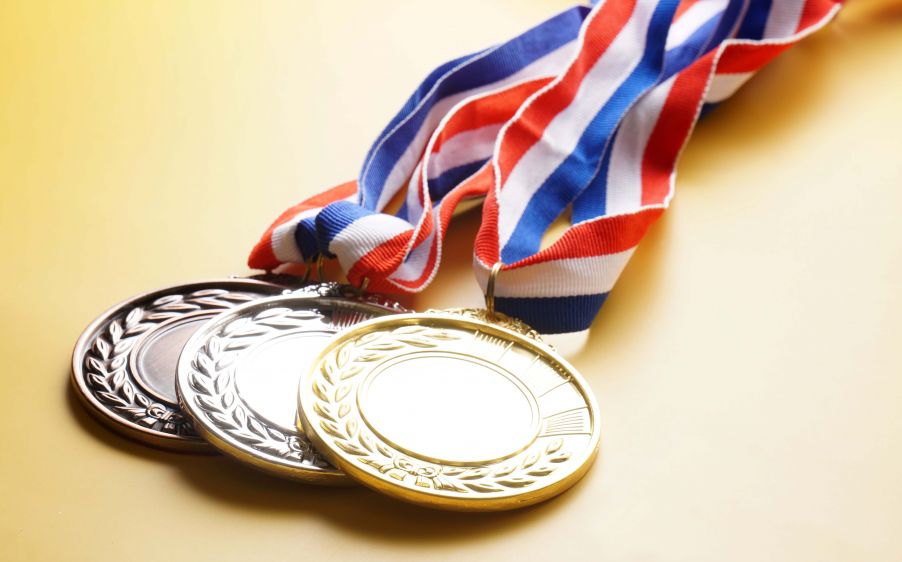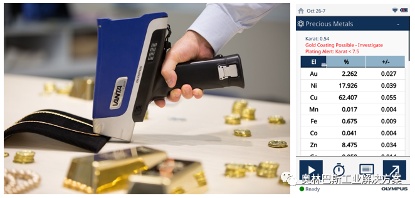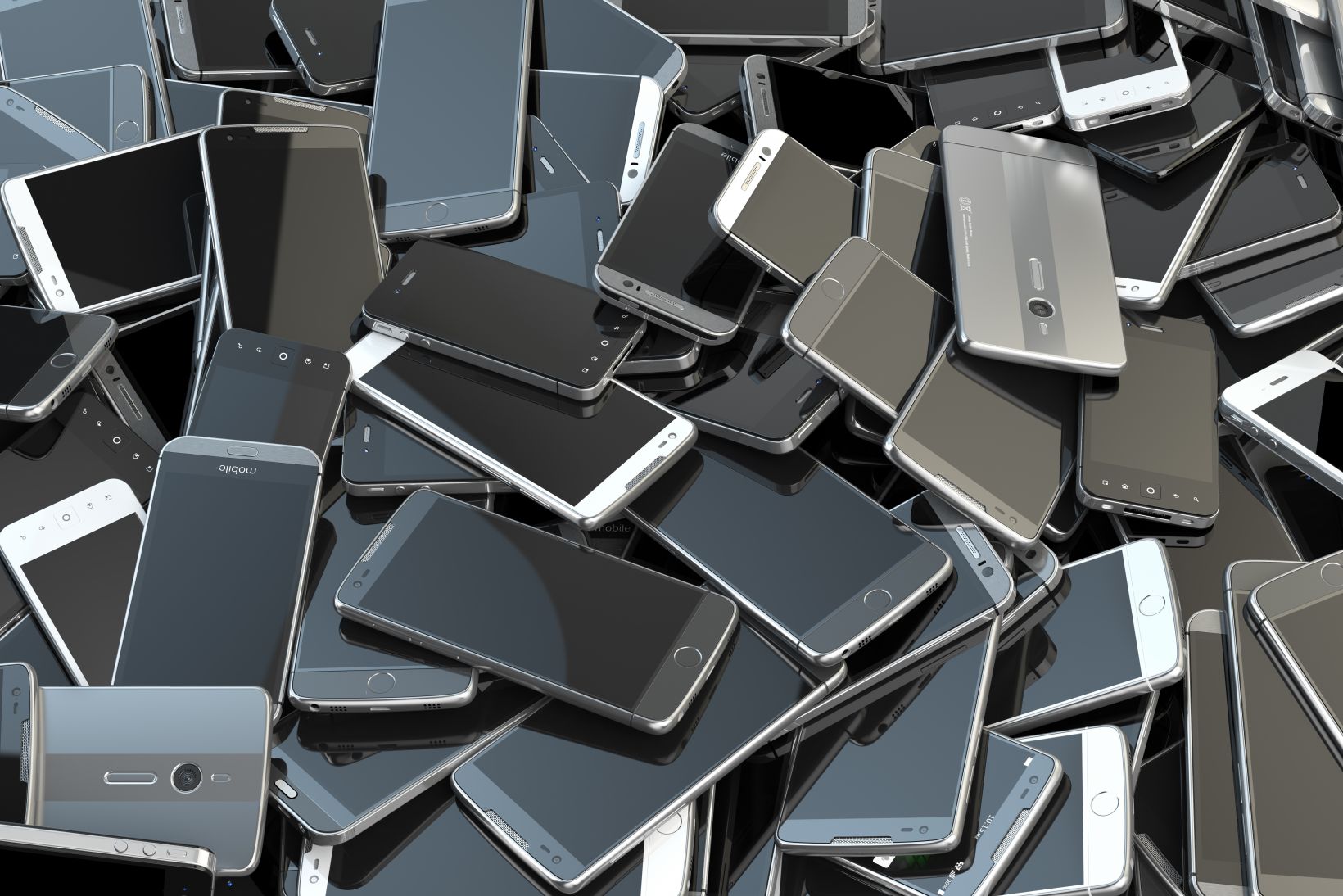Olympic athletes strive to push their physical limits, break new records, and try the unimaginable. The most decorated Olympians have a collection of gold, silver, and bronze medals to celebrate their success.
But are Olympic medals actually made of gold, silver, or bronze as their names claim? Read on to find out!
The Composition of Olympic Gold Medals
You may be surprised to learn that Olympic gold medals are mostly made of silver with only a small percentage of gold.
The International Olympic Committee (IOC) has set rules for the production and design of Olympic medals. Their raw materials are specified as:
- First place (gold medal): composed of mostly silver with a purity at least 92.5%, and plated with a least 6 grams of pure gold
- Second place (silver medal): composed of silver with a purity at least 92.5%
- Third place (bronze medal): composed of bronze, an alloy made of mostly copper and another metal (such as tin or zinc)
From these specifications, we can see that the Olympic gold medals are only plated with more than 6 grams of gold on the surface. The base material is still silver. On the other hand, the silver medals are made of silver, and the bronze medals are made of bronze (a mixture of copper and another metal).
Determining the Gold Content in Medals and Other Prized Items
Besides the Olympic medals, a lot of jewelry and souvenirs labeled as gold and silver aren’t pure gold and silver either. If you plan to trade these precious metals as commodities, it’s particularly important to identify their authenticity. One easy way to do so is through X-ray fluorescence, also known as XRF.
XRF is a nondestructive analysis technique used to verify precious metal content and karatage (gold purity) without damaging valuable objects. For example, our Vanta™ handheld XRF analyzer provides on-the-spot elemental analysis of gold, platinum, silver, and other precious metals. Vanta analyzers have excellent precision and accuracy, enabling fast, accurate determination of karat values for quality control and pricing in the trade or make of gold or jewelry.
The Vanta analyzer's customizable user interface is easy to use. As a result, users with little or no experience can quickly master its operations after a short training. Users can also download the results to quickly produce a certificate.
Turning E-Waste into Treasure with “Green” Medals
The medals awarded at the Tokyo 2020 Summer Olympics were made of another surprising material—recycled e-waste! Considering there’s 80x as much gold in one ton of cellphones as there is in some gold mines, an impressive amount of gold can be found in old electronics at home.
For the Tokyo 2020 Summer Olympics, the Japanese Olympic Committee made a commitment to reduce the event’s carbon footprint. As part of this effort, they innovated the Olympic medal production by using recycled electronics to make "green” medals.
First, they called on the people of Japan to donate their used electronic products. Then they extracted the precious metals needed for the medals from this e-waste.
The initiative received widespread engagement. A total of 18,000 collection boxes were placed throughout the country, and 90% percent of Japan’s local authorities participated. In two years, the recycling initiative collected 78,985 tons of discarded gadgets. This haul included more than 6 million used mobile phones. Other donated devices were laptops, digital cameras, and handheld gaming devices.
The devices yielded 32 kg (70.5 lb) of pure gold, 3,500 kg (7,716 lb) of pure silver, and 2,200 kg (4,850 lb) of pure copper. All 5,000 medals were made entirely from the recycled materials. This achievement marked a first for the Olympic Games and a significant step in the global movement to make sports more sustainable.
Elemental Analysis of Electronic Waste and Other Scrap
With Vanta XRF analyzers, users can sort recycled electronic waste and other scrap quickly and accurately. It can reliably identify most alloy and pure metals in 1–2 seconds. The analyzer can provide detailed information on the chemical composition of a material, enabling quick and precise identification of the grades of pure metals and alloys.

A technician uses the Vanta XRF analyzer to quickly analyze precious metals found in automotive catalyst scrap
As a versatile tool for scrap recycling and precious metals testing, the Vanta analyzer can perform a variety of tests:
- Sort out heavy alloys based on the low contents of silicon and aluminum elements
- Analyze the electronic components of motherboards, identifying the electronic components containing precious metals (silver, gold, palladium, etc.), sorting and identifying toxic substances and lead-containing solders, and evaluating copper content in fine materials
- Rapidly sort lead-containing glass and glass-ceramic products from recycling lines, detecting toxic elements
- Analyze automotive catalyst scrap containing precious metals, such as palladium, platinum, and rhodium
- Monitor the chemical composition of slags as it melts to control the quality and predict the life of a furnace
- Sort and evaluate recovered slags from different melt operations
To learn more about the elemental analysis of valuables and recyclable materials, don’t hesitate to reach out! Our experts are happy to help.
Related Content
The Positives of Using Portable XRF for Electronics and Battery Recycling: A Tech Talk Recap
Can Vanta Portable XRF Measure Gold (Au) to Less than 20 Parts per Billion?
Get In Touch





